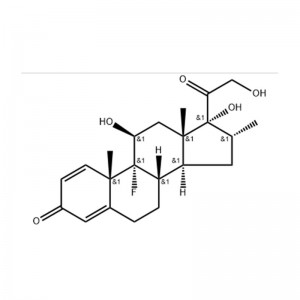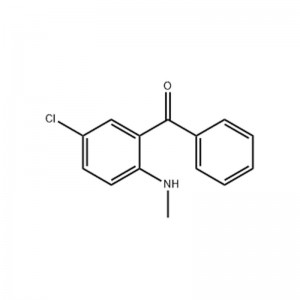
Products
Hydroxyzine Dihydrochloride
Structural Formula

Appearance: white powder
Melting point: 190-192 ° C
Flash: 9 ℃
Solubility: soluble in water, soluble in ethanol, insoluble in ether
Safety Data
General
Application
H1 receptor antagonist. Anxiolytic. Antihistaminic.
Overview
Hydroxyzine hydrochloride is a white powder with a melting point of 190-192°C. It is easily soluble in water Chemicalbook, soluble in ethanol, insoluble in ether, odourless and bitter in taste. Hydroxyzine hydrochloride is a first-generation antihistamine with low toxicity. It has a relaxing effect on the transverse muscle, antihistamine effect and choline effect. It is used both as a pharmaceutical product and as a raw material for the synthesis of cetirizine hydrochloride.
Pharmacological effects: It is an H1 receptor antagonist with antihistamine and weak tranquillizing effects, stronger than benadryl. Pharmacodynamics It depresses the central nervous system, has a tranquilizing effect, antihistamine, antiemetic and antispasmodic effects. In addition, it has lowering adrenergic pressures and quinidine like anti-arrhythmic effects.
Clinical applications are good for chronic urticaria, artificial urticaria, especially cold urticaria, but also for other allergic pruritic skin diseases, and also for the relief of mental and nervous symptoms such as mild anxiety, Chemicalbook tension, and emotional disturbance. The overview, pharmacological action, pharmacodynamics and synthesis of Hydroxyzine Hydrochloride was compiled by Squire Yan of Chemicalbook.
Uses: It has a calming and relaxing effect on the transverse muscles, and also has an antihistamine and cholinergic effect, and is indicated for mild tension, anxiety and restlessness. Used as a tranquilliser for mild nervousness, anxiety and restlessness








